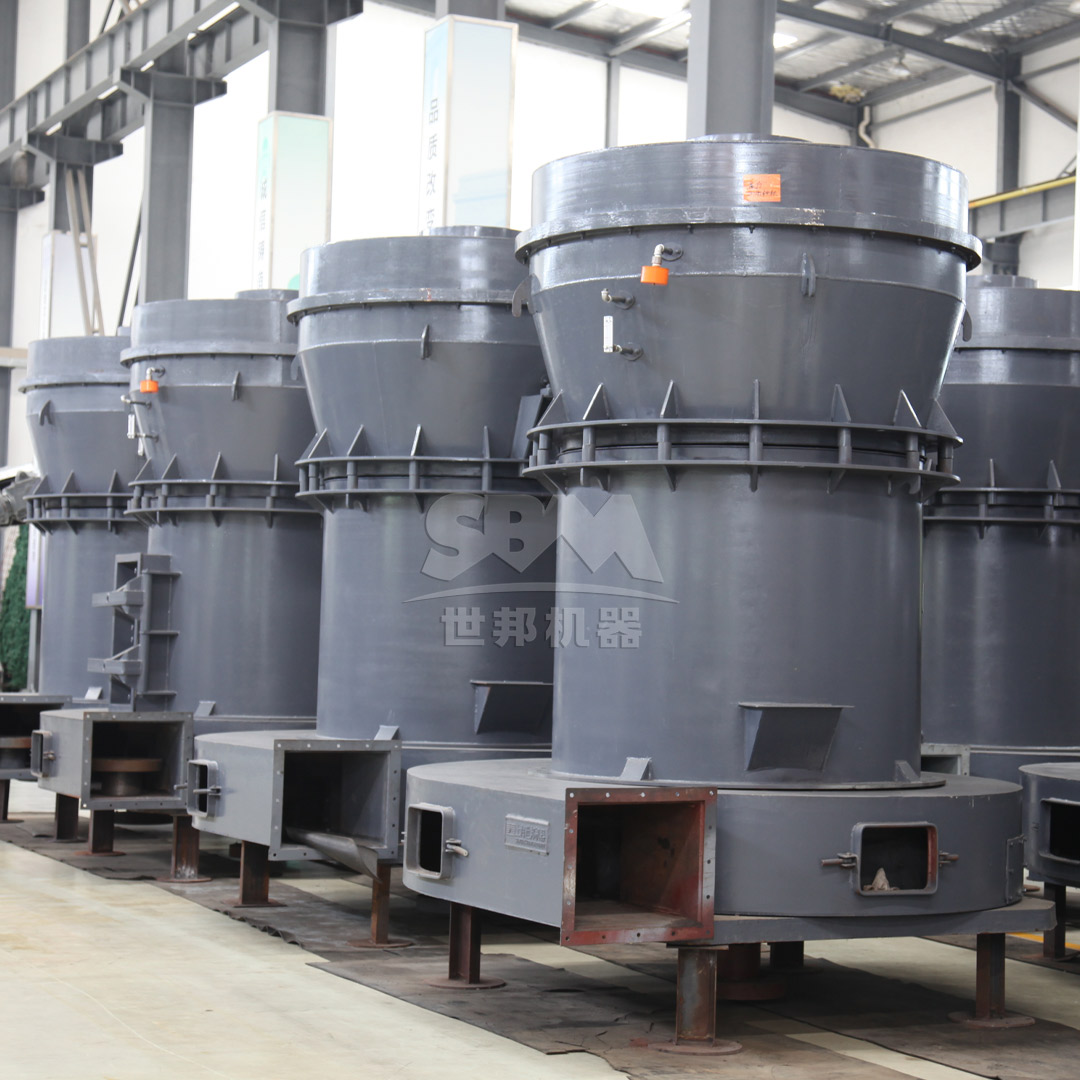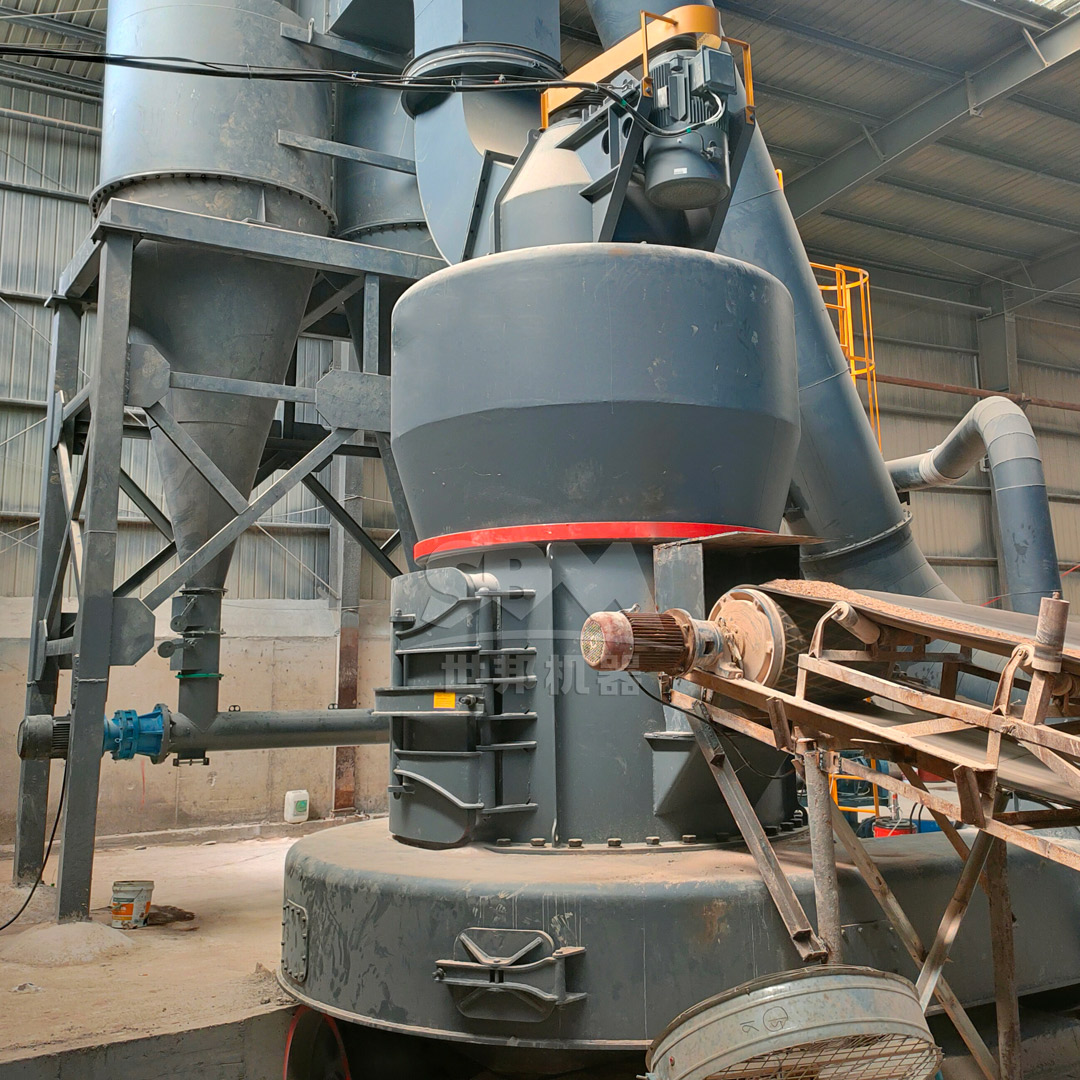The cement production process relies heavily on efficient grinding technology to achieve the required particle size distribution for optimal clinker reactivity and final product quality. Roller mills have become the industry standard for cement grinding applications due to their superior energy efficiency, flexibility, and reliability compared to traditional ball mill systems. This article explores the most common roller mill configurations used in modern cement plants and their specific applications throughout the production chain.

Vertical Roller Mills represent the most significant advancement in cement grinding technology over the past few decades. These mills integrate crushing, grinding, drying, and classification processes into a single compact unit, offering substantial advantages in terms of space requirements, energy consumption, and operational flexibility.
The fundamental working principle involves a rotating grinding table where material is fed through a central inlet. Hydraulically loaded grinding rollers exert pressure on the material bed, creating a compressive grinding force. Simultaneously, hot gas flow through the mill facilitates drying of moist raw materials and transports the ground product to an integrated classifier for size separation.
Key advantages of VRM systems include:
For cement producers seeking maximum efficiency in raw material and cement grinding applications, we recommend our LM Series Vertical Roller Mill. This advanced mill system represents the culmination of decades of research and practical experience in vertical grinding technology.
The LM Series features a集约化设计 (compact design) that integrates multiple functions into a single unit, reducing footprint requirements by up to 50% compared to traditional grinding systems. With the capability for露天安装 (outdoor installation), it significantly reduces civil construction costs by approximately 40%.
Key technical advantages of the LM Series include:
The LM Series is available in multiple configurations tailored to specific applications:
| Application Series | Model Example | Grinding Table Diameter | Capacity Range | Main Motor Power |
|---|---|---|---|---|
| Vertical Mineral Mill | LM220K | 2200mm | 36-105 t/h | 800kW |
| Vertical Coal Mill | LM240M | 2400mm | 50-65 t/h | 710kW |
| Vertical Slag Mill | LM220N | 2800mm | 20-26 t/h | 900-1000kW |
MTW Series Trapezium Mills offer an excellent solution for various grinding applications in cement plants, particularly for producing blended cements or grinding auxiliary materials. These mills combine European grinding technology with Chinese manufacturing expertise to deliver reliable performance with moderate investment costs.
The distinguishing features of trapezium mills include their innovative curved air duct design that minimizes airflow resistance, cone gear integral transmission with up to 98% efficiency, and specially designed wear-resistant components that significantly extend service life while reducing maintenance requirements.
For cement plants requiring versatile grinding solutions with output fineness between 30-325 mesh (600-45μm), our MTW Series Trapezium Mill provides outstanding value. The mill’s防磨损铲刀设计 (wear-resistant shovel design) features combined shovel plates that reduce maintenance costs, while the curved surface design extends roller service life. The弧形风道优化 (optimized curved air passage) reduces airflow energy loss, improving transmission efficiency with high-strength guard plates protecting the air passage working surface.

Available in multiple configurations from MTW110 with 3-9 t/h capacity to MTW215G handling 15-45 t/h, these mills can be precisely matched to production requirements. The锥齿轮整体传动 (integral bevel gear transmission) achieves 98% transmission efficiency while saving space and reducing installation costs.
The growing market for high-performance and specialty cements has created demand for ultrafine grinding technology. Products such as microfine cement, ultra-high early strength cement, and cement with special properties require particle sizes significantly finer than conventional Portland cement.
For these demanding applications, our SCM Series Ultrafine Mill delivers exceptional performance with output fineness ranging from 325 to 2500 mesh (45-5μm). This advanced mill system incorporates a vertical turbine classifier that enables precise particle size cuts without coarse powder contamination, ensuring uniform product quality.
The SCM Series achieves remarkable energy efficiency with capacity twice that of jet mills while reducing energy consumption by 30%. Key features include intelligent control with automatic feedback on product fineness, special material rollers and grinding rings that extend service life several times, and a bearing-free screw grinding chamber that ensures stable operation.
| Model | Capacity Range | Main Motor Power | Feed Size | Product Fineness |
|---|---|---|---|---|
| SCM800 | 0.5-4.5 t/h | 75kW | 0-20mm | 325-2500 mesh |
| SCM1000 | 1.0-8.5 t/h | 132kW | 0-20mm | 325-2500 mesh |
| SCM1250 | 2.5-14 t/h | 185kW | 0-20mm | 325-2500 mesh |
| SCM1680 | 5.0-25 t/h | 315kW | 0-20mm | 325-2500 mesh |
Many existing cement plants seek to increase production capacity without major capital investment. Roller mill pregrinding systems installed upstream of ball mills offer an economical solution for capacity enhancement. These systems typically increase overall circuit capacity by 30-100% while reducing specific energy consumption.
Our LM-Y Vertical Pre-grinding Roller Mill series is specifically designed for this application, with models like the LM340Y capable of handling循环处理量 (recirculation processing capacity) of 800-1000 t/h. The system’s多功能应用 (multi-functional application) integrates sand making and grinding functions in a single machine, while the料床粉磨原理 (material bed grinding principle) reduces power consumption by 30-50%.
The hydraulic adjustment system enables quick roller sleeve replacement, minimizing maintenance downtime. With成品质量高 (high finished product quality), the system produces optimal sand gradation with controllable powder particle size.

Choosing the appropriate roller mill configuration requires careful consideration of multiple factors:
Proper operation and maintenance are critical for maximizing roller mill performance and service life. Key considerations include:
Wear Part Management: Roller and table liner wear directly impacts grinding efficiency and product quality. Modern mills feature advanced wear protection and quick-change systems to minimize downtime during replacement.
Classification System Optimization: The integrated classifier is crucial for product quality control. Regular inspection and adjustment maintain optimal separation efficiency.
Grinding Pressure Control: Hydraulic grinding pressure systems require precise calibration to balance production rate, energy consumption, and wear rates.
Vibration Monitoring: Advanced vibration monitoring systems detect developing problems early, preventing catastrophic failures and unplanned downtime.
The evolution of roller mill technology continues with several emerging trends:
Digitalization and IoT Integration: Modern mills increasingly incorporate sensors and connectivity for remote monitoring, predictive maintenance, and performance optimization through artificial intelligence algorithms.
Hybrid Grinding Systems: Combinations of different mill types, such as roller press with ball mill or vertical mill with high-efficiency separator, offer optimized solutions for specific applications.
Advanced Material Technology: New composite materials for wear parts extend service life while reducing maintenance requirements and operating costs.
Energy Recovery Systems: Waste heat from grinding processes is increasingly captured and utilized, improving overall plant energy efficiency.
Flexible Operation: Modern mills are designed for quick product changes and flexible operation to accommodate varying raw material qualities and market demands.
The selection of appropriate roller mill configurations is fundamental to the economic and technical success of cement production operations. From raw material preparation to cement grinding and specialty product production, modern roller mills offer unparalleled efficiency, flexibility, and reliability.
Our comprehensive range of grinding solutions, including the LM Series Vertical Roller Mill for main grinding applications and the MTW Series Trapezium Mill for secondary grinding duties, provides cement producers with optimized technology for their specific requirements. With continuous innovation in design, materials, and control systems, roller mill technology will continue to drive efficiency improvements in the global cement industry.
By understanding the capabilities and applications of different roller mill configurations, cement plant operators can make informed decisions that maximize productivity while minimizing energy consumption and environmental impact.